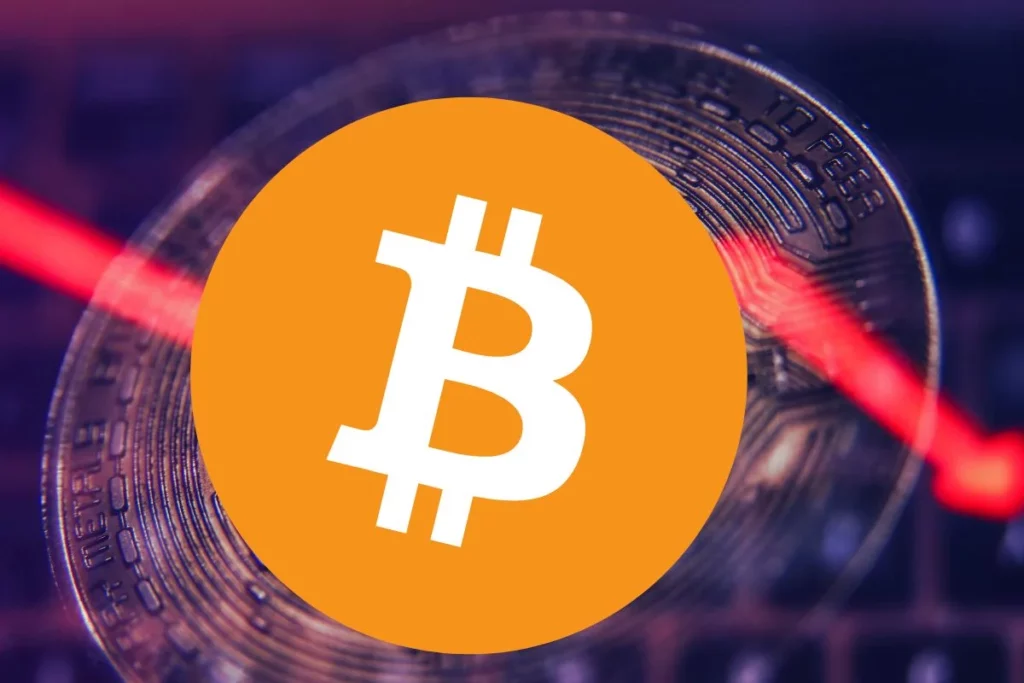Bitcoin’s value experienced a minor drop of around 1%, equivalent to about $300, bringing its price to $29,150. This movement seemed to mirror the slight decline of stocks, which also fell by approximately 1%. Futures indicate that stocks might continue on a slightly downward trajectory for the day.
The reason behind the stock dip was a cautionary statement from a Fitch Ratings analyst. The analyst warned that banks, including the possibility of JP Morgan, might face a downgrade in their ratings if the assessment of the banking industry gets further reduced. This comes after a downgrade in June that lowered the industry’s rating to AA-. The analyst, Chris Wolfe, explained that such a downgrade would trigger negative actions and result in some banks having higher ratings than the overall banking industry, like JP Morgan with its current AA- rating. To maintain consistency, Fitch Ratings would then need to downgrade these banks, provided that the industry’s rating drops further, which isn’t guaranteed.
This development follows the United States downgrade to AA+. This was attributed to a significant increase in the national debt burden, with the deficit nearly doubling since 2019 to reach nearly $2 trillion.
Interestingly, the situation could impact Bitcoin positively. As traditional banks face increased risks due to the worsening financial condition of the US government, Bitcoin could appear relatively safer as an alternative. At the very least, Bitcoin’s value shouldn’t be affected negatively. However, it did mirror the stock market’s movement downwards, which doesn’t make much logical sense since Bitcoin isn’t directly related to banks. In fact, it competes with them, as suggested by at least one US bank. It’s possible that automated trading programs, or “bot traders,” were responsible for this synchronization, lacking the nuance to differentiate between Bitcoin and bank-related movements.
Read More: Bitcoin ETF decisions could drive significant price movements
This situation could be advantageous for human investors, as Bitcoin shouldn’t necessarily decline when traditional banks become less appealing. Being a potentially viable digital alternative to banks, Bitcoin might even experience increased demand in such circumstances. Attempts to link Bitcoin’s movement with the stock market might not yield the desired results, considering that cryptocurrencies notably surged in March during the time some US banks faced difficulties.
Following that episode, Bitcoin and stocks moved independently for a while, and they even exhibited brief periods of inverse correlation. However, the current instance suggests that Bitcoin’s movement is following that of bank stocks, possibly due to the actions of trading bots associated with banks. This could be an effort to prevent the public from realizing that a viable alternative to traditional banks exists in the form of cryptocurrencies.


